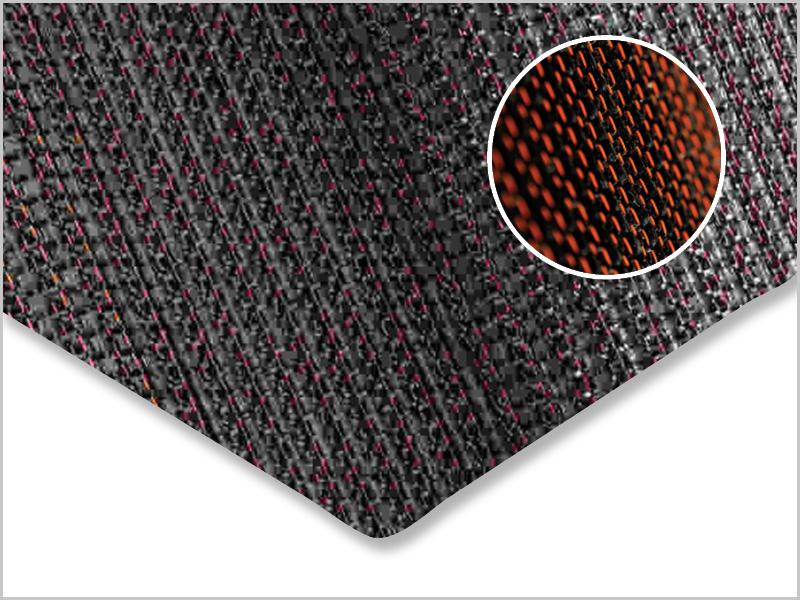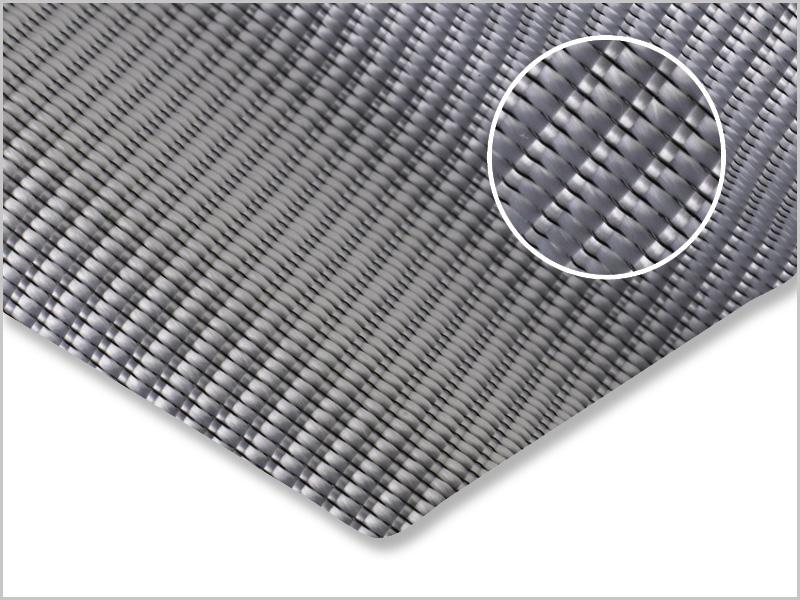
FORESTRY ROAD NZ
Gisborne is one of the regions in New Zealand that relies heavily on forestry as its main export via the Port of Gisborne. The recent change to land transport rules for vehicles has seen transport operators upgrade their fleet of logging truck to the new 50 tonne load limit which increases the length of the truck and trailer unit and the carrying capacity. This is timely with the region currently in the “wall of wood” harvest phase which will last for the next 15 years or so.
Forestry roads are normally unpaved gravel roads that frequently cross over softer soils. The increase in vehicle loads has put these forestry roads under increased pressure to perform. A section of Tarewa Road fell into this category with a spring creating a soft section of the road. A cost effective solution was required. Downer / GHD Gisborne and contractor QRS approached Geofabrics for a solution, which resulted in the use of both bidim A39 and Tencate Mirafi RS380i.
TenCate Mirafi RS380i is a specialist multi-function geotextile created from super high-tenacity polypropylene filaments formed into an innovative weave to provide superior reinforcement strength and soil interaction integrated with high water flow and soil retention capabilities.
It is ideally suited for forestry roads including those constructed over soft soils that are subject to heavy truck and trailer loads and has the ability to support the use of larger aggregate up to 150 mm, which is usually cheaper to source, thus offering a cost saving. It has excellent soil and base course confinement resulting in greater load distribution, with robust damage resistance for moderate to severe stress installations. Its initial tensile modulus (typically at 2% strain) is a key performance property for the reinforcement function and effectiveness, and at the same time provides excellent separation to prevent contamination of the base materials.
The installation process normally starts with ground preparation which includes removing very soft spots. If the site condition is too difficult for the ground to be levlled then a thin layer of sand/granular material can be placed first. This site required a layer of bidim A39 to be placed directly on the prepared subgrade to provide the separation followed by a 700 mm thick layer of dry in-situ papa and sandstone. Mirafi RS380i was then placed followed by an additional 300 mm of the sandstone rock. The pavement was completed with a 200 mm of AP100 mm limestone rock followed by 100 mm of AP65 wearing course.
The wearing course was included to enable grader levelling if required. The Mirafi RS380i in this instance was placed at a depth to minimise any possible damage from the grader. The installation went very smoothly, the product is light enough to enable ‘tweaking’ on the prepared surface to follow the alignment of the new road. Placement of rock at key points on the material ensured lack of movement in case of wind. Overlaps were dependent on the CBR of the subgrade. In the case of a CBR less than 1 the overlap is 900 mm. It is recommended to have the overlaps facing downhill.
The use of Mirafi RS380i enabled the use of larger than the normal (65 mm) aggregate, which is ideal for forestry or haul roads where the use of 100-150 mm aggregate is prefered.
Since the installation, this section of reinstated road has been trafficked by numerous 50 tonne gross weight logging truck and trailer units with no reported issues.



